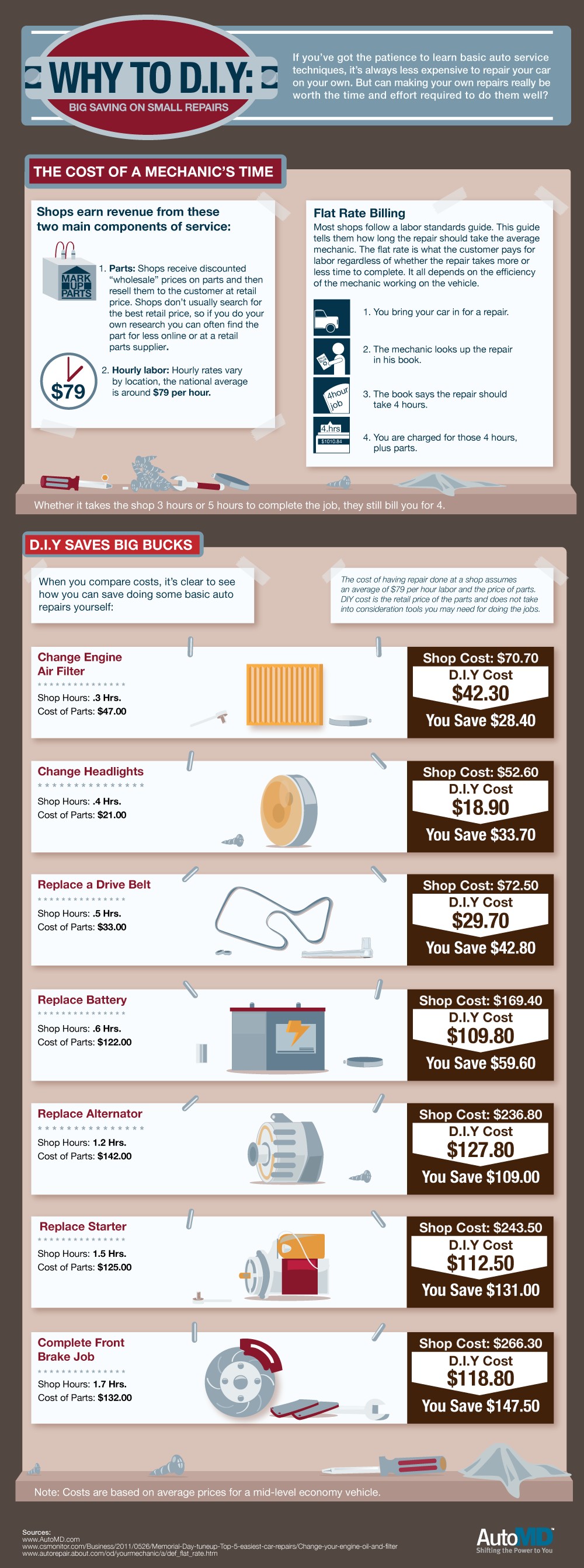Analyzing Your Vehicle'S Warning Indicators: What They Actually Communicate
Analyzing Your Vehicle'S Warning Indicators: What They Actually Communicate
Blog Article
Short Article Written By-Higgins Torres
When you're behind the wheel, those radiant caution lights on your control panel can be a little bit perplexing. Do you recognize what they're trying to tell you regarding your car's health? Recognizing the importance of these lights is essential for your safety and security and the long life of your automobile. So, the next time among those lights pops up, wouldn't you want to understand its message accurately and take the required actions to resolve it?
Common Warning Lights and Interpretations
Identify typical caution lights in your auto and understand their meanings to make certain secure driving.
The most common warning lights consist of the check engine light, which signals concerns with the engine or discharges system. If this light comes on, it's important to have your car examined quickly.
The oil pressure cautioning light shows low oil stress, needing instant interest to stop engine damages.
A flashing battery light might suggest a malfunctioning charging system, potentially leaving you stranded if not resolved.
The tire pressure tracking system (TPMS) light notifies you to reduced tire pressure, affecting automobile stability and fuel performance. Ignoring this might bring about harmful driving conditions.
The abdominal muscle light shows a trouble with the anti-lock braking system, compromising your capability to stop rapidly in emergencies.
Lastly, the coolant temperature warning light warns of engine getting too hot, which can cause serious damage otherwise settled swiftly.
Recognizing these usual caution lights will assist you address problems without delay and keep safe driving conditions.
Value of Prompt Focus
Recognizing the common warning lights in your cars and truck is only the primary step; the significance of quickly dealing with these warnings can not be highlighted enough to guarantee your safety when driving.
When a caution light illuminates on your control panel, it's your cars and truck's way of connecting a potential problem that needs attention. Overlooking these cautions can cause a lot more severe troubles later on, jeopardizing your security and possibly costing you much more in repairs.
Motivate interest to alerting lights can protect against failures and accidents. For instance, a blinking check engine light can show a misfire that, if left ignored, could create damages to the catalytic converter. Addressing this quickly can conserve you from a pricey repair.
Similarly, a brake system advising light might signal reduced brake liquid or used brake pads, crucial parts for your security when driving.
Do It Yourself Troubleshooting Tips
If you observe a caution light on your control panel, there are a few do it yourself troubleshooting tips you can attempt before looking for specialist help.
The primary step is to consult your automobile's manual to comprehend what the specific caution light indicates. Sometimes the problem can be as simple as a loosened gas cap triggering the check engine light. Tightening the gas cap may resolve the issue.
https://brookspkezs.liberty-blog.com/30372751/the-development-of-auto-repair-key-patterns-to-display-in-the-near-future is a low battery, which can activate numerous alerting lights. Checking https://www.motorbiscuit.com/4-benefits-regularly-rotating-tires/ for deterioration and guaranteeing they're secure could deal with the problem.
If a caution light continues, you can attempt resetting it by separating the car's battery for a few mins and after that reconnecting it. Additionally, examining your car's liquid levels, such as oil, coolant, and brake fluid, can assist fix warning lights associated with these systems.
Final thought
In conclusion, recognizing your car's caution lights is important for keeping your lorry running smoothly and safely. By quickly dealing with these notifies and recognizing what they imply, you can prevent costly repairs and possible breakdowns.
Bear in mind to consult your vehicle's manual for specific information on each alerting light and act as necessary to ensure a hassle-free driving experience.
Stay informed, stay risk-free when traveling!
